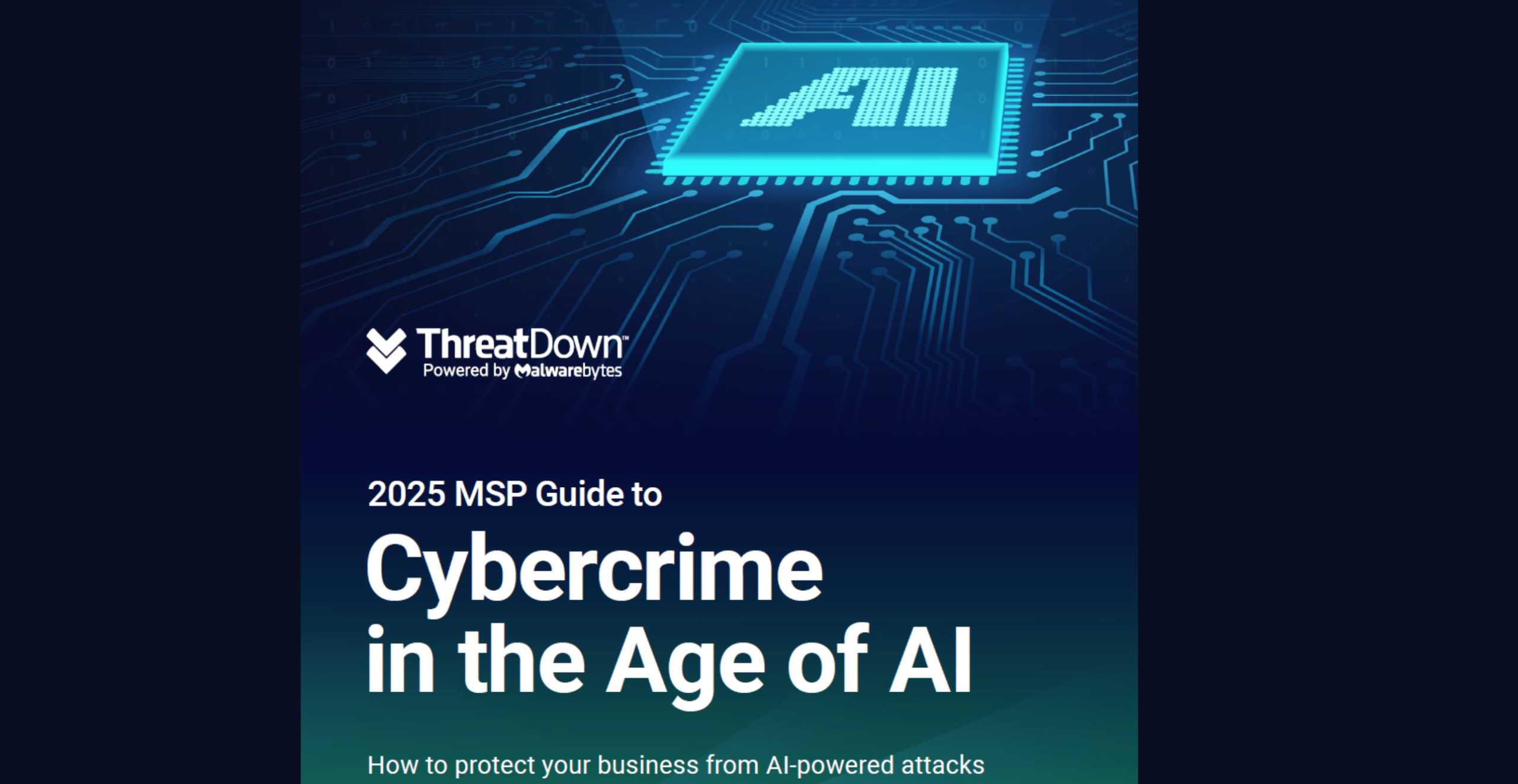ROUND ROCK, Texas, July 13, 2017 /PRNewswire/ —
News summary
- Dell Endpoint Security Suite Enterprise air gap solution defends against zero-day threats, malware and insider threats in highly-secure environments
- Reduces burden on IT by using mathematical modeling to detect anomalies with an overall 99% efficacy at proactively stopping malwarei
Full story
Dell announces an air gap version of its Dell Endpoint Security Suite Enterprise solution to address the need for highly-secure industries to keep their endpoints isolated from the internet, yet still deploy an advanced threat protection solution. The solution integrates Cylance technology using artificial intelligence and predictive mathematical models to help protect against advanced persistent threats and malware. Organizations deploying air gap solutions are often unable to take advantage of newer security technologies because they are based on cloud connections. Dell has worked closely with Cylance to enable these organizations to take advantage of next-generation advanced threat protection technologies by creating an on-premises security solution that doesn’t require an internet connection.
From government to defense organizations, critical infrastructure or the energy and exploration industry, many organizations today are working with highly-sensitive information where maintaining the security and integrity of their data is of the utmost importance. Furthermore, many of these organizations may be in remote locations, like a military installation or offshore oil rig, where an on-premises solution is essential. Institutions that operate in a full air gap mode still need to protect against malicious threats, whether zero-day attacks, internal threats, malicious USB-based (“sneakernet-based”) attacks or other vulnerabilities. In today’s rapidly-evolving – and escalating – threat landscape, organizations need to keep ahead of the threat vectors and adopt more advanced security solutions, without bogging down their IT or productivity.
“Highly-regulated organizations and government agencies need to deploy air gap solutions to protect their highly sensitive data, but have been unable to take advantage of the latest security technology that requires cloud connections,” said Brett Hansen, vice president, Endpoint Data Security and Management, Dell. “Dell is responding to their heightened needs by adapting our flagship Endpoint Security Suite Enterprise solution for on-premises, air gap environments – giving these organizations an advanced threat protection solution that has been inaccessible to them before now.”
With the launch of the air gap solution, Dell Endpoint Security Suite Enterprise can now operate in three modes depending on the organization’s individual needs: in its original mode, the client uses an internet connection for cloud communication on threat data and updates; an on-premises network mode where the client connects to an on-premises server for policy enforcement – using standard software distribution tools (e.g., SCCM) to update clients; or the full air gap mode.
Organizations that must have their critical data isolated from network or internet connections can:
- Defend against external, internal threats: By deploying a single suite with advanced threat protection and data encryption, highly-secure organizations can defend against external threats such as zero-day attacks and internal threats such as malicious USB connections while also protecting data with Dell Encryption
- Simplify maintenance: The mathematical models used to detect anomalies only need to be updated a few times a year, greatly reducing the level of support required by IT. In contrast, traditional, signature-based anti-virus solutions require continual updates and are burdensome to maintain in air gap environments.
- Consolidate management and compliance: IT can easily manage agent policy, and access the agent update as an offline update. The solution also provides access to enhanced threat reporting and a dashboard of threat activity graphics for better management and tracking
In addition to the advanced threat protection features, Dell Endpoint Security Suite Enterprise also includes file-level data encryption, providing a policy-based approach to protect data on any device, external media or public cloud storage services. It allows IT to easily enforce encryption policies for multiple endpoints and operating systems without disrupting end user productivity. The solution also incorporates web protection filtering to help stop targeted attacks that evade traditional defenses like URL filtering and anti-virus signatures.
“Historically, organizations that have deployed air gap solutions have not been able to deploy the latest security technologies to protect against malicious threats,” said Rahul Kashyap, Chief Product Officer, Cylance. “By working with Dell, we are able to offer our advanced threat protection solution in an air gap mode to protect against some of the toughest threats, while dramatically reducing the burden on IT with our mathematical models that require minimal updates.”
Availability
Dell Endpoint Security Suite Enterprise is available now for both Dell commercial PCs and as a security solution across heterogeneous IT environments in the U.S. and select countries around the world.
Additional resources
- Endpoint Security Suite Enterprise on Dell.com/datasecurity
- Connect with Dell via Twitter, Facebook, YouTube and LinkedIn
- Follow the latest news on Twitter from @Dell and @DellSecurity
About Dell
With award-winning desktops, laptops, 2-in-1s and thin clients, powerful workstations and rugged devices made for specialized environments, monitors, endpoint security solutions and services, Dell gives today’s workforce what they need to securely connect, produce, and collaborate from anywhere at any time. Dell, a part of Dell Technologies, services customers from consumers to organizations of all sizes across 180 countries with the industry’s most comprehensive and innovative end-user portfolio.
Copyright © 2017 Dell Inc. or its subsidiaries. All Rights Reserved. Dell, Dell Inc. and the Dell logo are trademarks of Dell Technologies in the United States and/or other jurisdictions. All other marks and names mentioned herein may be trademarks of their respective companies.
iBased on independent NSS Labs testing, February 2017.











